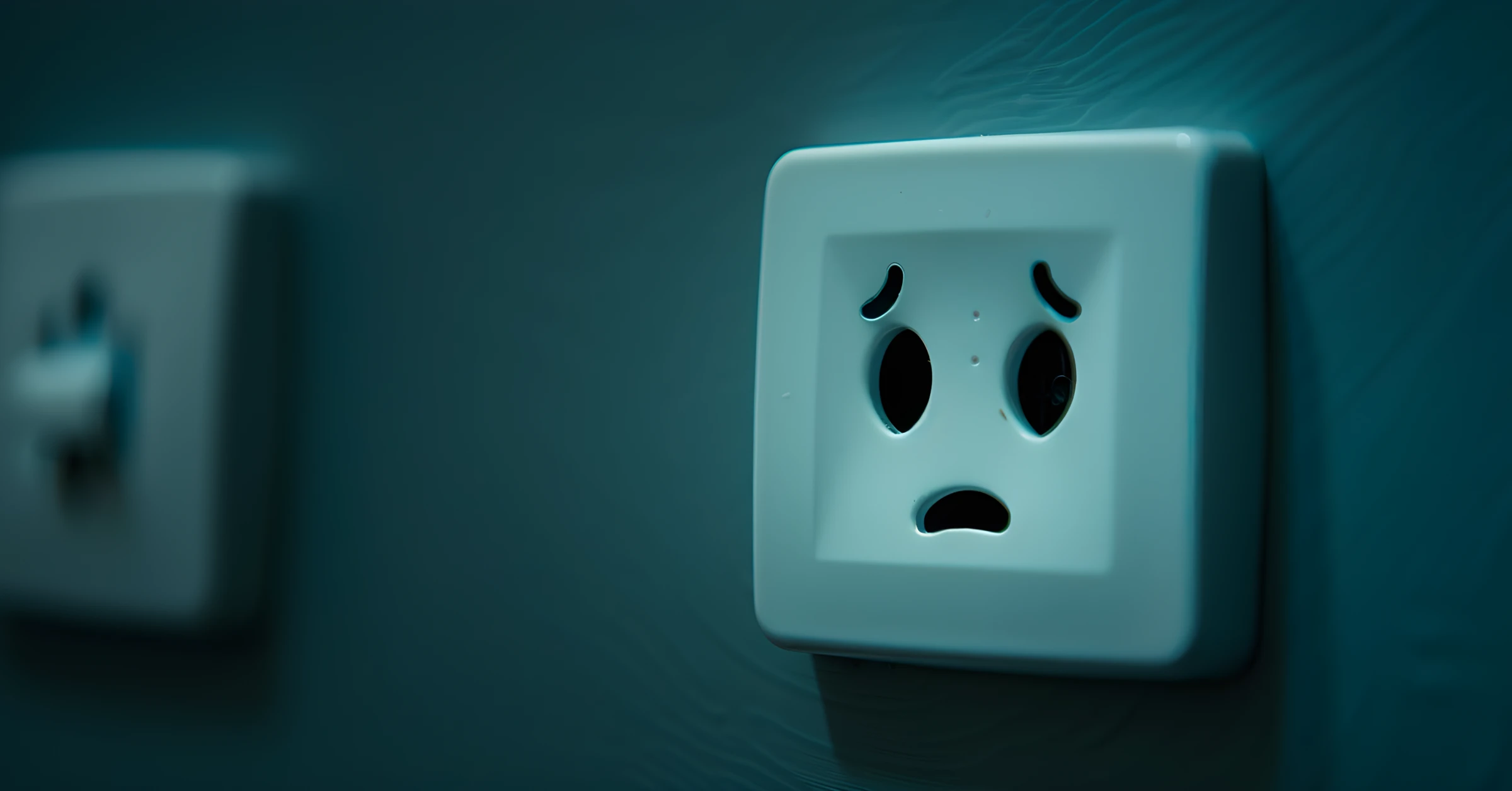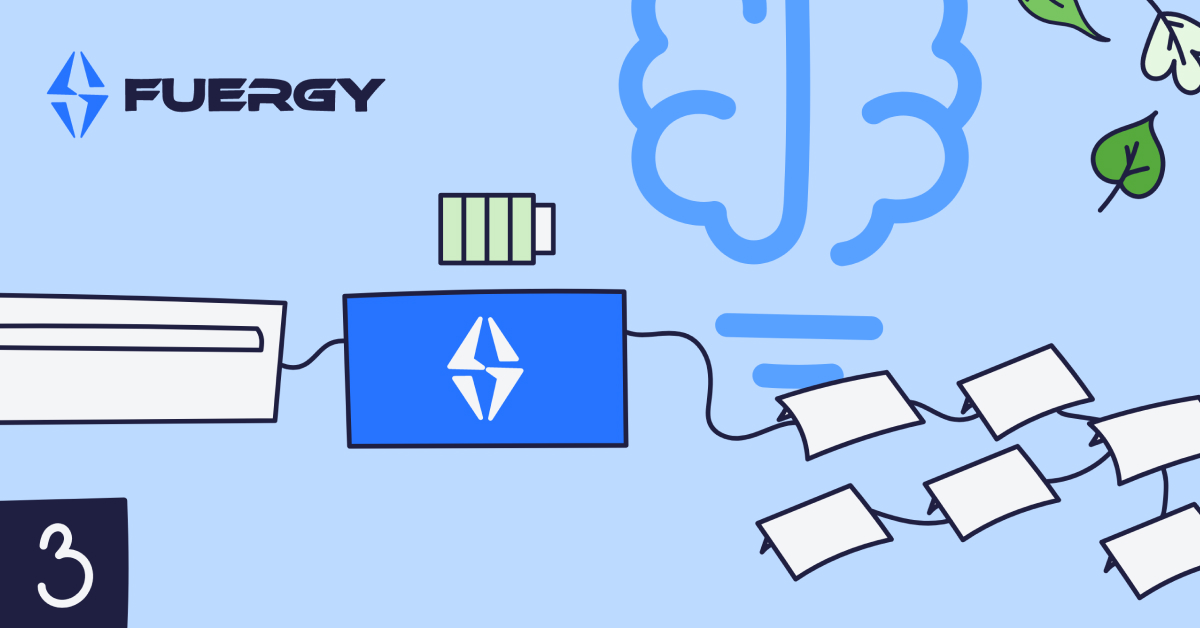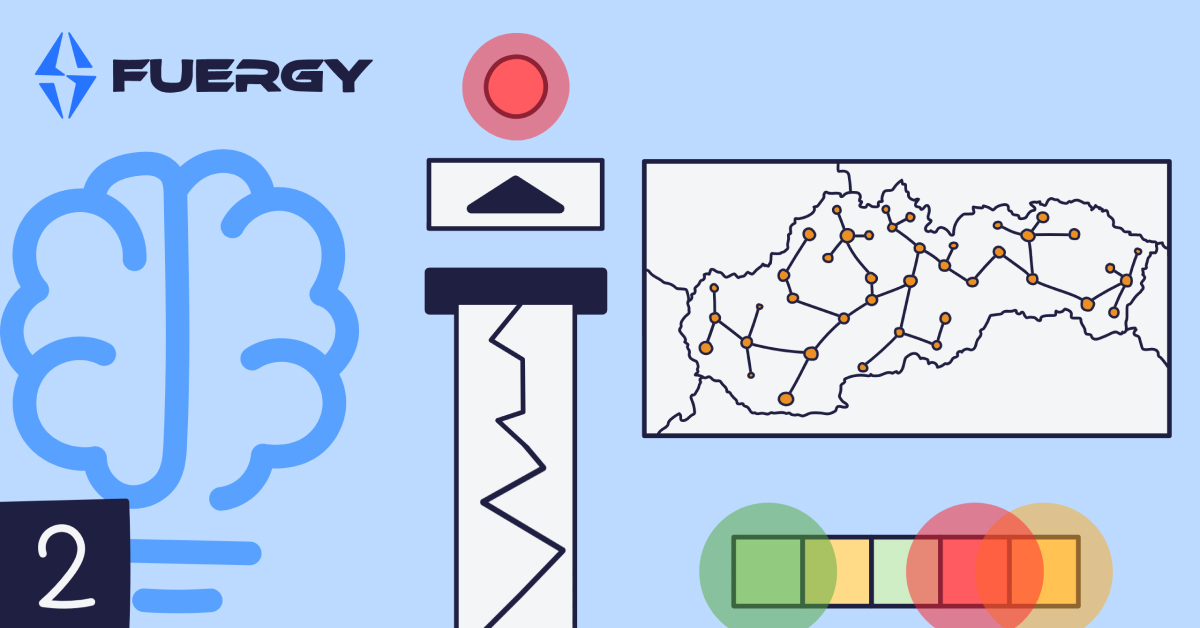
In the modern business environment where technological infrastructure plays a key role, micro blackouts can be a significant source of problems. Short-term power interruptions can cause unexpected and costly complications for all types of companies. Manufacturing enterprises, data centers, healthcare facilities, financial institutions as well as office operations all suffer consequences from micro blackouts.
What are micro-blackouts?
Micro-blackouts are short-term power blackouts that last only a few milliseconds. These short-term interruptions can be caused by a variety of factors, such as faults in the power grid, natural influences or problems with the building's infrastructure. Unlike long-term blackouts, micro-blackouts are unpredictable and can occur without notice.
A single micro-blackout can have serious consequences for a manufacturing company. Production interruptions, product damage, repair and maintenance costs, financial losses and damage to a company's reputation are just a few of the problems that can occur.
Micro-blackouts in manufacturing companies
Imagine a manufacturing company that produces automotive parts. The firm has a fully automated production line that operates around the clock to meet the high demands and delivery times of suppliers.
One day, a micro-power blackout occurs. This leads to an interruption in the supply of electricity and an interruption in production – the production line stops immediately. Even if it all took only a moment, the whole process stops and the system is forced to restart. This can take several dozens of minutes.
During this time, the production line is stalled, which means that the company loses hundreds of parts that would otherwise have been produced.
Damaged products and repair costs
In addition, parts that were on the line at the time of the interruption may be damaged or incomplete. These parts must be removed from the line and replaced with new raw materials, which increases waste and material costs.
After the production line is restarted, the machines need to be restarted (or re-adjusted) and reset to ensure proper functionality and production quality. This takes more time, during which the line is not producing.
At the same time, the company must call technicians to inspect the equipment to ensure that the blackout did not cause any unseen damage. The cost of technicians can be in the hundreds of euros.
Financial losses
The most noticeable impact of a micro-blackout is financial loss. The company loses thousands of euros in loss of production for every hour during which the line is not running. If the blackout causes delays in deliveries, the business may even face contractual penalties from customers.
If similar situations are repeated frequently, it can lead to a loss of trust from customers, who will turn to competing suppliers. Plus, a negative customer experience can damage a business's reputation, which in turn can affect future business opportunities.
Data loss
Besides operational interruptions and financial losses, micro blackouts can also cause additional damage. Most commonly, this includes the loss of unsaved data, which can be particularly problematic for databases and critical software applications. Each brief blackout can lead to hours of work wasted or compromised data integrity.
Technologies prone to micro-blackouts

Micro-blackouts can have a significant impact on a variety of technologies and devices that businesses use on a daily basis. Some are particularly sensitive to short-term power blackouts and can be significantly affected by even the slightest power interruption.
They can shorten the lifespan of electronic devices and damage sensitive components. These blackouts can also cause overloading, leading to hardware failure.
Some of the technologies that are most prone to micro-blackouts include:
- Servers and data centers: Critical infrastructure where even a brief blackout can cause significant problems, including data loss and service interruptions.
- Production lines and automated systems: Production interruptions can cause not only financial losses, but also damage to materials and machinery, increasing repair and maintenance costs.
- Critical infrastructure systems: Healthcare facilities, security systems and financial services are particularly vulnerable to micro-blackouts, where security and reliability can be compromised.
- Office equipment: Computers, printers and network devices are easily affected by micro-blackouts, leading to the loss of unsaved documents and work disruptions.
In addition to business interruptions and financial losses, micro-blackouts also lead to additional costs for repairs, maintenance, and data recovery.
Solutions for micro blackouts
Fortunately, there are effective solutions available that can help businesses minimize the impact of micro blackouts and ensure uninterrupted operation. One of these is to implement backup power sources.
There are several key technologies on the market that can be utilized to ensure continuity of operations in your company:
1. Uninterruptible power supply (UPS): Provides temporary power in the event of a power blackout. This is a classic solution for protection against micro-failures. The advantage is the immediate response to failures (in milliseconds). A backup power supply can manage grid failures according to the battery capacity used by the UPS. By default, this is only a few minutes (from 5 to 15 minutes) with standard battery capacities, enough time to safely save work and shut down systems in a controlled manner.
This solution is suitable for short-term backups and protection of sensitive devices from sudden blackouts. A range of different capacities and sizes of battery modules are available to increase backup time.
Installing a UPS is simple (serial connection to a backup device) and does not require major changes to the infrastructure, making it a popular choice for many businesses. However, with this solution, you need to manage regular maintenance and replacement of batteries (especially if they are lead-acid batteries).
2. Grid-parallel backup generator: Generators provide electricity during extended blackouts. They are commonly used to support critical systems after the UPS has been depleted. Generators can provide power for longer periods of time (hours to days) and have a high capacity, suitable for large installations and whole infrastructures. However, they are more expensive to maintain and have a slower start-up (a few seconds to minutes) compared to a UPS. It is also necessary to think about the need to store fuel and regularly check it.
For better utilization of the benefits of both systems, you may want to consider a combination of UPS and backup generators, which offers immediate downtime coverage through the UPS and long-term power through the generator.
3. Battery storage with a dedicated capacity for backup power supply: This part of the storage capacity remains charged. The rest of the capacity is continuously charged and discharged and can continue to serve a different purpose, to provide non-certified ancillary services for example, like the brAIn smart battery storage does. Such a solution requires the installation of a UPS converter, thanks to which a standard battery storage can provide enough power to keep the backup power supply running for up to 1 hour (for comparison, a UPS with the same power can provide a backup for 5-10 minutes), depending on the load.
The advantage of this solution lies in the multifunctional use of battery storage, which can cover micro-failures while providing flexibility for other energy needs. Such a system is actually an online UPS and can be integrated with renewable energy sources. It also offers flexibility in capacity and modularity. Though, with this solution, you need to take into account higher implementation costs and regular maintenance and monitoring. This solution is ideal for businesses that need longer-term backups. A significant advantage is also the long life of the LFP batteries used with constant monitoring of each cell.
However, the allocation of storage capacity comes at the expense of financial profit from non-certified ancillary services, and thus reduces the overall return on storage.
4. Battery storage with an inverter serving exclusively as a UPS: With this solution, the entire storage capacity is a dedicated backup, providing high reliability and long-term backup security. The power of the inverter must be sufficient to what the operation needs for backup devices. In this case, the battery does not discharge, it is always fully charged and "waits" for a possible failure. This solution is suitable for companies with high demands and an uninterrupted supply of energy, ensuring continuity of the operation, even during longer blackouts.
How to choose a backup power supply?
Choosing the right solution depends on the specific needs of your business and the sensitivity of your technologies to power blackouts. Before making a decision, we recommend:
- Defining critical devices: Identify which devices will be connected to the backup power supply. Keep in mind that the more devices you connect, the greater the storage capacity or power the source will need to cover micro-blackouts.
- Quantifying the cost of micro-downtime: Calculate how much it costs you to run critical technologies for an hour. This will help you determine how much power you need for backup and for how long.
- Considering return on investment (ROI): Calculate your return on investment based on the projected savings from minimizing downtime and increasing productivity.
Micro-blackouts can have serious impacts on business operations, from data loss to financial losses caused by production disruptions. Choosing the right solution to protect against these short-term blackout is crucial for minimizing risks and keeping your business running smoothly.
Take your energy independence to the next level. Contact us today! Our experts are here to help you find a solution tailored to your needs.
New dimension of energy optimization





